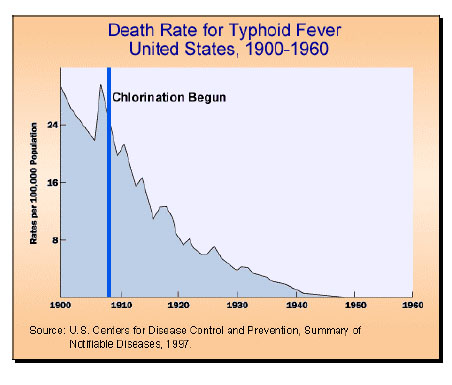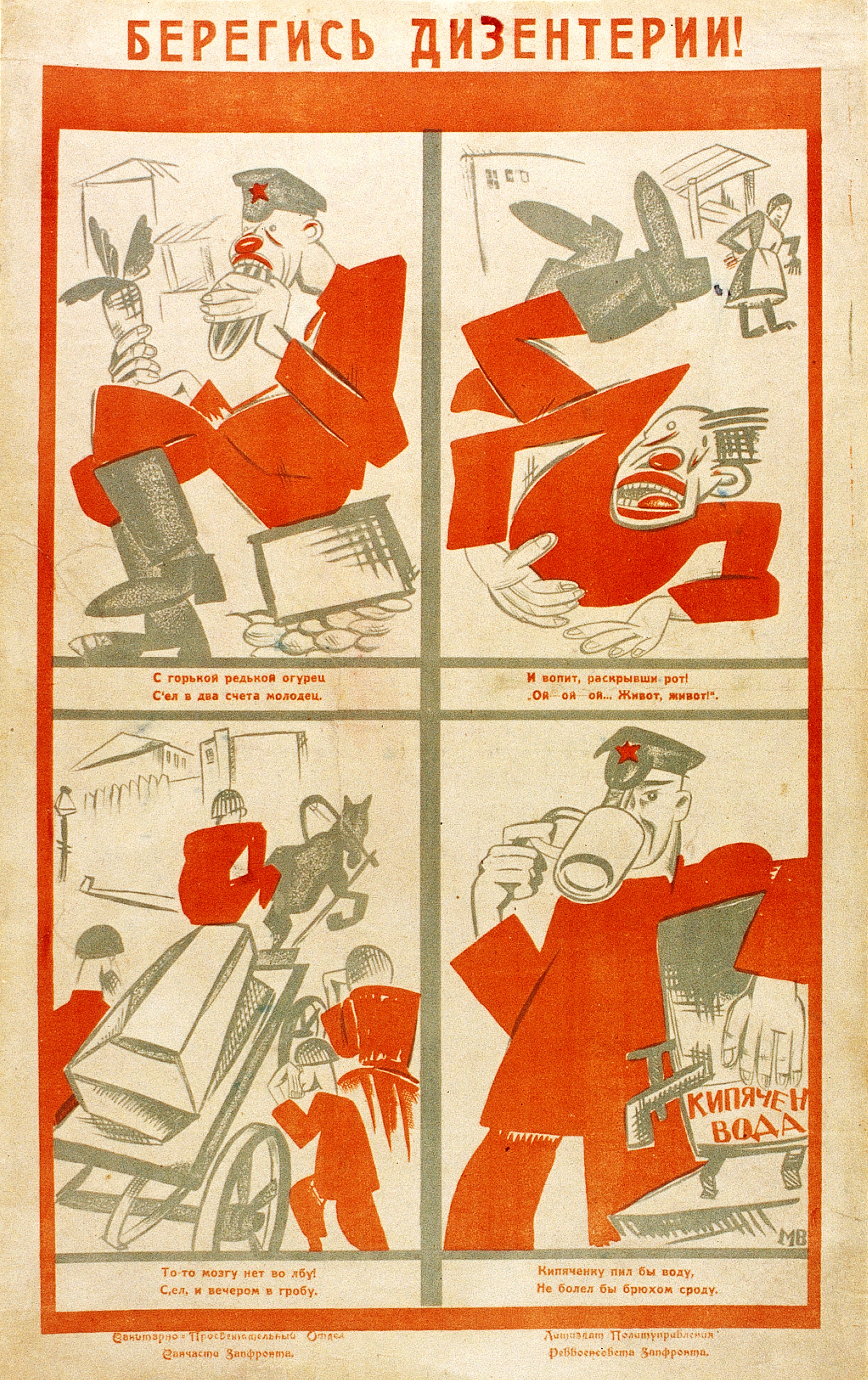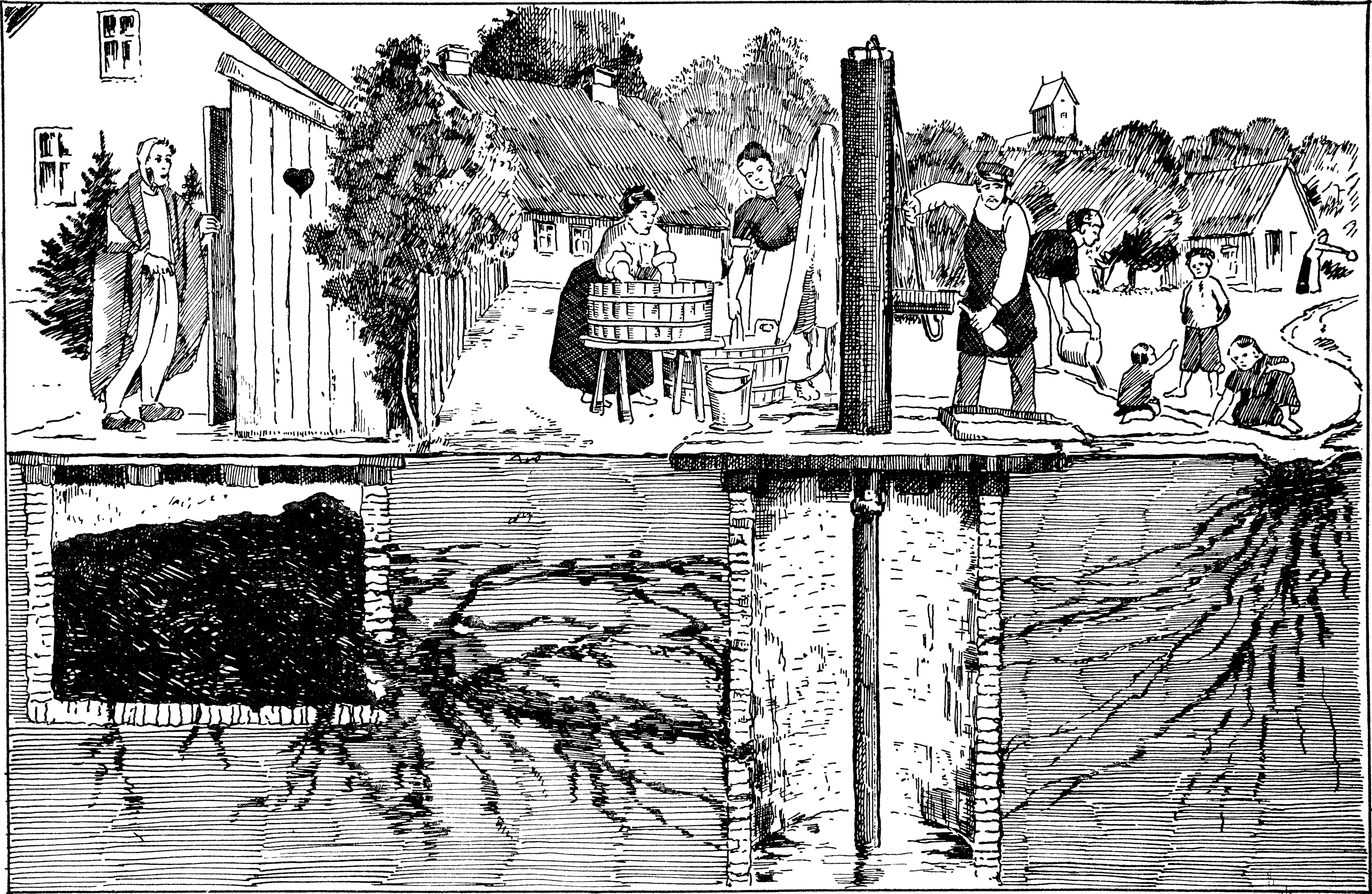|
Electrochlorination
Electrochlorination is the process of producing hypochlorite by passing electric current through salt water. This disinfects the water and makes it safe for human use, such as for drinking water or swimming pools. Process The process of electrochlorination is a simple application based on the chloralkali process (in an unpartitioned cell). It is the electrolysis of saltwater to produce a chlorinated solution. The first step is removing any solids from the saltwater. Next, the saltwater streams through an electrolyzer cell's channel of decreasing thickness. One side of the channel is a cathode, the other is an anode. A low voltage DC current is applied, electrolysis happens producing sodium hypochlorite and hydrogen gas (H2). The solution travels to a tank that separates the hydrogen gas based on its low density. Only water and sodium chloride are used. The simplified chemical reaction is: :NaCl + H2O + energy → NaOCl + H2 That is, energy is added to sodium chloride (table sa ... [...More Info...] [...Related Items...] OR: [Wikipedia] [Google] [Baidu] |
Chloralkali Process
The chloralkali process (also chlor-alkali and chlor alkali) is an industrial process for the electrolysis of sodium chloride (NaCl) solutions. It is the technology used to produce chlorine and sodium hydroxide (caustic soda), which are commodity chemicals required by industry. Thirty five million tons of chlorine were prepared by this process in 1987. In 2022, this had increased to about 97 million tonnes. The chlorine and sodium hydroxide produced in this process are widely used in the chemical industry. Usually the process is conducted on a brine (an aqueous solution of concentrated NaCl), in which case sodium hydroxide (NaOH), hydrogen, and chlorine result. When using calcium chloride or potassium chloride, the products contain calcium or potassium instead of sodium. Related processes are known that use molten NaCl to give chlorine and sodium metal or condensed hydrogen chloride to give hydrogen and chlorine. The process has a high energy consumption, for example around ... [...More Info...] [...Related Items...] OR: [Wikipedia] [Google] [Baidu] |
Hypochlorite
In chemistry, hypochlorite, or chloroxide is an oxyanion with the chemical formula ClO−. It combines with a number of cations to form hypochlorite salts. Common examples include sodium hypochlorite (household bleach) and calcium hypochlorite (a component of bleaching powder, swimming pool "chlorine"). The Cl–O distance in ClO− is 1.69 Å. The name can also refer to esters of hypochlorous acid, namely organic compounds with a ClO– group covalently bound to the rest of the molecule. The principal example is ''tert''-butyl hypochlorite, which is a useful chlorinating agent. Most hypochlorite salts are handled as aqueous solutions. Their primary applications are as bleaching, disinfection, and water treatment agents. They are also used in chemistry for chlorination and oxidation reactions. Reactions Acid reaction Acidification of hypochlorites generates hypochlorous acid, which exists in an equilibrium with chlorine. A lowered pH (i.e. towards acid) drives the fo ... [...More Info...] [...Related Items...] OR: [Wikipedia] [Google] [Baidu] |
Seawater
Seawater, or sea water, is water from a sea or ocean. On average, seawater in the world's oceans has a salinity of about 3.5% (35 g/L, 35 ppt, 600 mM). This means that every kilogram (roughly one liter by volume) of seawater has approximately of dissolved salts (predominantly sodium () and chloride () ions). The average density at the surface is 1.025 kg/L. Seawater is denser than both fresh water and pure water (density 1.0 kg/L at ) because the dissolved salts increase the mass by a larger proportion than the volume. The freezing point of seawater decreases as salt concentration increases. At typical salinity, it freezes at about . The coldest seawater still in the liquid state ever recorded was found in 2010, in a stream under an Antarctic glacier: the measured temperature was . Seawater pH is typically limited to a range between 7.5 and 8.4. However, there is no universally accepted reference pH-scale for seawater and the difference between measuremen ... [...More Info...] [...Related Items...] OR: [Wikipedia] [Google] [Baidu] |
Sludge
Sludge (possibly , or some dialect related to slush) is a semi-solid slurry that can be produced from a range of industrial processes, from water treatment, wastewater treatment or on-site sanitation systems. It can be produced as a settled suspension obtained from conventional drinking water treatment, as sewage sludge from wastewater treatment processes or as fecal sludge from pit latrines and septic tanks. The term is also sometimes used as a generic term for solids separated from suspension in a liquid; this soupy material usually contains significant quantities of interstitial water (between the solid particles). Sludge can consist of a variety of particles, such as animal manure. Industrial wastewater treatment plants produce solids that are also referred to as sludge. This can be generated from biological or physical-chemical processes. In the activated sludge process for wastewater treatment, the terms "waste activated sludge" and "return activated sludge" are used. ... [...More Info...] [...Related Items...] OR: [Wikipedia] [Google] [Baidu] |
Toxicant
A toxicant is any toxic substance, whether artificial or naturally occurring. By contrast, a toxin is a poison produced naturally by an organism (e.g. plant, animal, insect, bacterium). The different types of toxicants can be found in the air, soil, water, or food. Occurrence Toxicants can be found in the air, soil, water, or food. Humans can be exposed to environmental toxicants. Fish can contain environmental toxicants. Tobacco smoke contains toxicants. E-cigarette aerosol also contains toxicants. The emissions of a heat-not-burn tobacco product contains toxicants. Most heavy metals are toxicants. Diesel exhaust contains toxicants. Pesticides, benzene, and asbestos-like fibers such as carbon nanotubes are toxicants. Possible developmental toxicants include phthalates, phenols, sunscreens, pesticides, halogenated flame retardants, perfluoroalkyl coatings, nanoparticles, e-cigarettes, and dietary polyphenols. Related terms By contrast, a toxin is a poison produced natu ... [...More Info...] [...Related Items...] OR: [Wikipedia] [Google] [Baidu] |
Chlorination Graphic - Typhoid Fever , a method of water treatment
{{disambiguation ...
Chlorination may refer to: * Chlorination reaction, a halogenation reaction using chlorine * Water chlorination Water chlorination is the process of adding chlorine or chlorine compounds such as sodium hypochlorite to water. This method is used to kill bacteria, viruses and other microbes in water. In particular, chlorination is used to prevent the spr ... [...More Info...] [...Related Items...] OR: [Wikipedia] [Google] [Baidu] |
Life (magazine)
''Life'' (stylized as ''LIFE'') is an American magazine launched in 1883 as a weekly publication. In 1972, it transitioned to publishing "special" issues before running as a monthly from 1978 to 2000. Since then, ''Life'' has irregularly published "special" issues. Originally published from 1883 to 1936 as a general-interest and humor publication, it featured contributions from many important writers, illustrators and cartoonists of its time, such as Charles Dana Gibson and Norman Rockwell. In 1936, Henry Luce purchased the magazine, and relaunched it as the first all-photographic American news magazine. Its place in the history of photojournalism is considered one of its most important contributions to the world of publishing. From 1936 to the 1960s, ''Life'' was a wide-ranging general-interest magazine known for its photojournalism. During this period, it was one of the most popular magazines in the United States, with its circulation regularly reaching a quarter of the U.S. ... [...More Info...] [...Related Items...] OR: [Wikipedia] [Google] [Baidu] |
Dysentery
Dysentery ( , ), historically known as the bloody flux, is a type of gastroenteritis that results in bloody diarrhea. Other symptoms may include fever, abdominal pain, and a feeling of incomplete defecation. Complications may include dehydration. The cause of dysentery is usually the bacteria from genus '' Shigella'', in which case it is known as shigellosis, or the amoeba '' Entamoeba histolytica''; then it is called amoebiasis. Other causes may include certain chemicals, other bacteria, other protozoa, or parasitic worms. It may spread between people. Risk factors include contamination of food and water with feces due to poor sanitation. The underlying mechanism involves inflammation of the intestine, especially of the colon. Efforts to prevent dysentery include hand washing and food safety measures while traveling in countries of high risk. While the condition generally resolves on its own within a week, drinking sufficient fluids such as oral rehydration solutio ... [...More Info...] [...Related Items...] OR: [Wikipedia] [Google] [Baidu] |
Typhoid Fever
Typhoid fever, also known simply as typhoid, is a disease caused by '' Salmonella enterica'' serotype Typhi bacteria, also called ''Salmonella'' Typhi. Symptoms vary from mild to severe, and usually begin six to 30 days after exposure. Often there is a gradual onset of a high fever over several days. This is commonly accompanied by weakness, abdominal pain, constipation, headaches, and mild vomiting. Some people develop a skin rash with rose colored spots. In severe cases, people may experience confusion. Without treatment, symptoms may last weeks or months. Diarrhea may be severe, but is uncommon. Other people may carry it without being affected, but are still contagious. Typhoid fever is a type of enteric fever, along with paratyphoid fever. ''Salmonella enterica'' Typhi is believed to infect and replicate only within humans. Typhoid is caused by the bacterium ''Salmonella enterica'' subsp. ''enterica'' serovar Typhi growing in the intestines, Peyer's patches, mesen ... [...More Info...] [...Related Items...] OR: [Wikipedia] [Google] [Baidu] |
Cholera
Cholera () is an infection of the small intestine by some Strain (biology), strains of the Bacteria, bacterium ''Vibrio cholerae''. Symptoms may range from none, to mild, to severe. The classic symptom is large amounts of watery diarrhea lasting a few days. Vomiting and muscle cramps may also occur. Diarrhea can be so severe that it leads within hours to severe dehydration and electrolyte imbalance. This can in turn result in Enophthalmia, sunken eyes, cold or cyanotic skin, decreased skin elasticity, wrinkling of the hands and feet, and, in severe cases, death. Symptoms start two hours to five days after exposure. Cholera is caused by a number of Serotype, types of ''Vibrio cholerae'', with some types producing more severe disease than others. It is spread mostly by Waterborne diseases, unsafe water and Foodborne illness, unsafe food that has been contaminated with human feces containing the bacteria. Undercooked shellfish is a common source. Humans are the only known host fo ... [...More Info...] [...Related Items...] OR: [Wikipedia] [Google] [Baidu] |
Acid
An acid is a molecule or ion capable of either donating a proton (i.e. Hydron, hydrogen cation, H+), known as a Brønsted–Lowry acid–base theory, Brønsted–Lowry acid, or forming a covalent bond with an electron pair, known as a Lewis acid. The first category of acids are the proton donors, or Brønsted–Lowry acid–base theory, Brønsted–Lowry acids. In the special case of aqueous solutions, proton donors form the hydronium ion H3O+ and are known as Acid–base reaction#Arrhenius theory, Arrhenius acids. Johannes Nicolaus Brønsted, Brønsted and Martin Lowry, Lowry generalized the Arrhenius theory to include non-aqueous solvents. A Brønsted–Lowry or Arrhenius acid usually contains a hydrogen atom bonded to a chemical structure that is still energetically favorable after loss of H+. Aqueous Arrhenius acids have characteristic properties that provide a practical description of an acid. Acids form aqueous solutions with a sour taste, can turn blue litmus red, and ... [...More Info...] [...Related Items...] OR: [Wikipedia] [Google] [Baidu] |
Disinfectant
A disinfectant is a chemical substance or compound used to inactivate or destroy microorganisms on inert surfaces. Disinfection does not necessarily kill all microorganisms, especially resistant bacterial spores; it is less effective than sterilization, which is an extreme physical or chemical process that kills all types of life. Disinfectants are generally distinguished from other antimicrobial agents such as antibiotics, which destroy microorganisms within the body, and antiseptics, which destroy microorganisms on living tissue. Disinfectants are also different from biocides—the latter are intended to destroy all forms of life, not just microorganisms. Disinfectants work by destroying the cell wall of microbes or interfering with their metabolism. It is also a form of decontamination, and can be defined as the process whereby physical or chemical methods are used to reduce the amount of pathogenic microorganisms on a surface. Disinfectants can also be used to dest ... [...More Info...] [...Related Items...] OR: [Wikipedia] [Google] [Baidu] |








